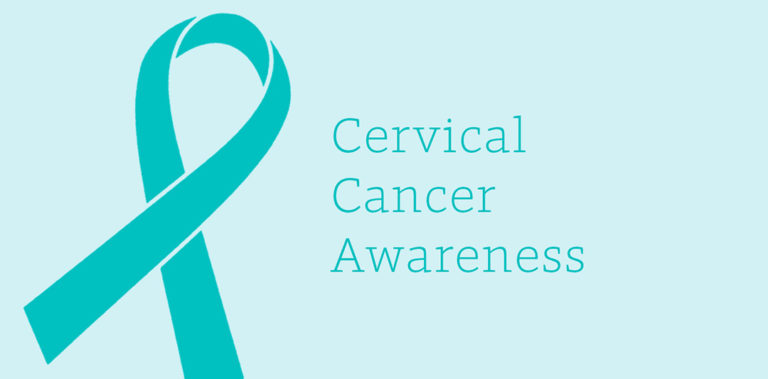The cervix is the lower part of the uterus and is also called as uterine cervix. The fetus grows in the body (upper part) of the uterus.
The cervix connects the body of the uterus to the vagina (birth canal). The part of cervix closest to the body of the uterus is called endocervix and the part next to the vagina is called exocervix.
The point where these two meets are called a transformation zone and that’s where cervical cancer starts. About 85% of the cervical cancers are squamous cell carcinomas which develop in the scaly, flat, skin like cells covering the cervix.
Most of the cervical cancers are of adenocarcinomas which develop from the gland cells or adenosquamous carcinomas which develop from a combination of cell types.
Causes
Cervical cancers are caused by a virus called human papillomavirus (HPV). It is a sexually transmitted virus.
There are many types of HPV and not all of them cause cervical cancer. Some of them only cause genital warts whereas others might not cause any symptoms.
Other than this, the women who work on the farm or in the manufacturing industry are exposed to chemicals which increase the risk of cervical cancer.
The women who suffer from HIV which causes AIDS to take drugs which weaken the body’s immunity to fight against the disease.
These women are also prone to cervical cancer. Apart from sexual intercourse, cervical cancer is also caused by smoking as the carcinogens that are inhaled are partly excreted in cervical mucus and bathe the cervix. Also, women whose mother has taken DES, a drug given for preventing miscarriage between 1940 and 1971 have a higher risk of cervical cancer.
Symptoms
Just like any other type of cancer, cervical cancers also do not appear until abnormal cervical cells become cancerous and invade the nearby tissue.
A most common symptom is abnormal bleeding and this will start and stop between regular menstrual periods or might also occur after sexual intercourse. The menstrual period lasts longer and is heavier than before.
Bleeding after sexual intercourse, douching or a pelvic exam are also the symptoms. When cancer has spread to the urinary bladder, it starts to pain and even it pains during urination.
Risk Factors
Risk factors for cervical cancer may vary. As seen earlier, cervical cancers are caused mostly by the HPV infection. But all the women who are affected with HPV do not get cervical cancer.
Most of them do not get cervical cancer as their pre-cancerous abnormalities were detected by Pap Smear screening and treated.
HPV vaccines are available which has decreased the cases of HPV to a great extent. The expert believes that this will, in turn, decrease the cases of cervical cancer as well as other HPV related cancers in the future.
When you do a Pap test routinely, it is easier to detect the changes in the cervix and can be cured before it turns into cancer. However, women who do not get the Pap test done regularly have increased the risk of cervical cancer.
It is ideal to get in touch with Best Cancer Doctor in Delhi when you get a doubt about cervical cancer.
This will examine you and if found affected by cervical cancer, they will plan a cervical cancer treatment that is ideal for you. However, women having a healthy immune system need not have to worry about cervical cancer as the HPV will automatically disappear within one to three days.
Additional Read: You should Know – Signs and Symptoms of Cancer

0 Comments